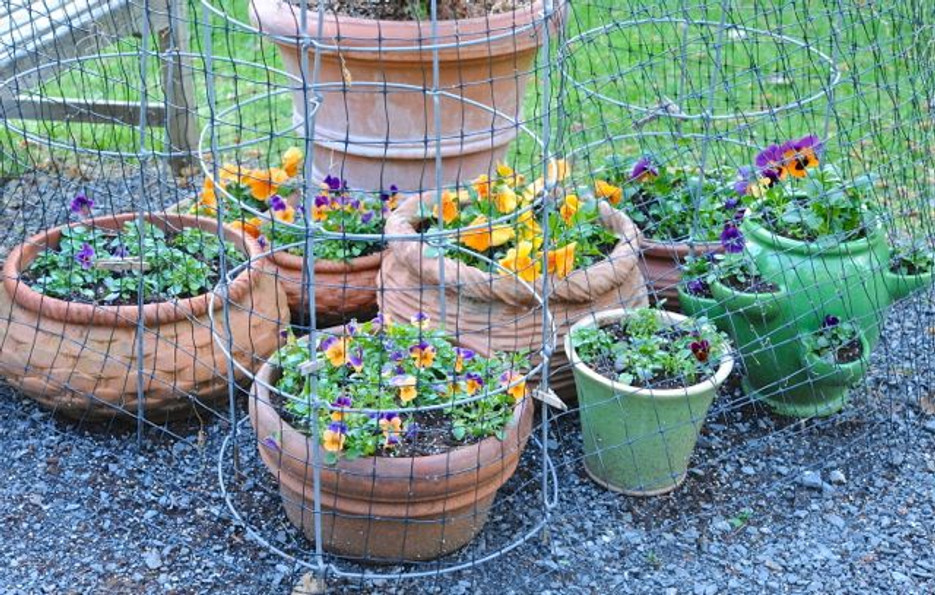Exclude the Pests with Anti-Bird Netting
Birds are categorized as pests when they decide to nest or roost in spaces where their droppings and other debris is considered a hazard. Countless hours and money is spent each year by homeowners and building owners repairing the damage that the pest birds have caused. It is not just an unsightly dilemma, but the droppings actually are a hazard in themselves. The birds and their droppings can spread over 60 plus transmittable diseases. These diseases, sanitation and safety issues caused by the droppings pose a very serious liability risk. If left alone, the droppings could lead to illnesses, accidents and lawsuits. For a business, the droppings also create an ugly public image. Cleaning up after the pests time and time again gets very old for the maintenance crew and building managers. Clean up one last time and then invest in anti-bird netting to keep the birds out of the area.
Bird netting excludes nuisance birds from areas such as overhangs, eaves, warehouses, rooftops, and airplane hangars and enclosed areas where pest birds need to be kept out. Bird netting provides 100% exclusion of the nuisance birds and is a method that can be used long-term. The netting comes in many different mesh sizes which is ideal for different types of birds. For example, 2” mesh is used for larger pest birds including pigeons, seagulls and crows. There are also different colors of bird net including black, white and stone color. It will match the environment it is used in to help its invisibility factor that it already has when it is installed correctly. Many choose the black bird net as it is naturally U.V. protected. It is also rot-proof, waterproof and flame resistant.
There are different types of netting that can be purchased. For example, there is heavy duty bird netting that is a knotted polyethylene. This type of netting has a high melting point and is flame resistant. It is ideal in large areas where pest birds are a problem such as warehouse, canopies, airplane hangars and other overhangs. This type of netting is non-conductive, meaning it can be installed around electrical systems and RF transmissions systems without any interference. The netting is made up of six monofilaments with each strand 0.0012 thick and twisted together to create a strong twine with 160-200 twists per meter.
The different types of anti-bird netting come in different mesh sizes. It is important to choose the correct mesh size for your particular bird issue. It is critical that birds are unable to get past the netting and get trapped behind the netting or stuck in the netting. The larger the bird, the larger the mesh size used.
Garden netting is another type of anti-bird net used in the garden and around the home. This type of bird control netting is also used in vineyards. It has a light-weight plastic mesh. It is environmentally friendly, made from FDA sanctioned resin. It is UV stabilized to endure months in the sun or rain. When it is installed correctly it will blend into the bushes, plants, vines and trees.
Quality anti-bird netting is a must. Reputable companies will also have qualified experts and authorized installers available to help with your every need.

